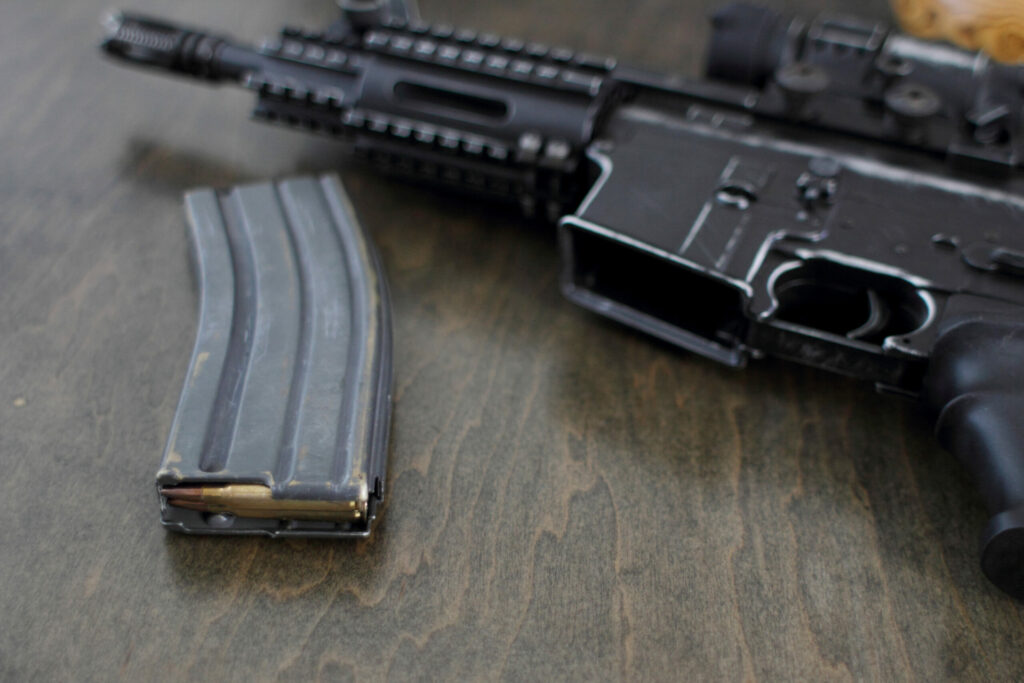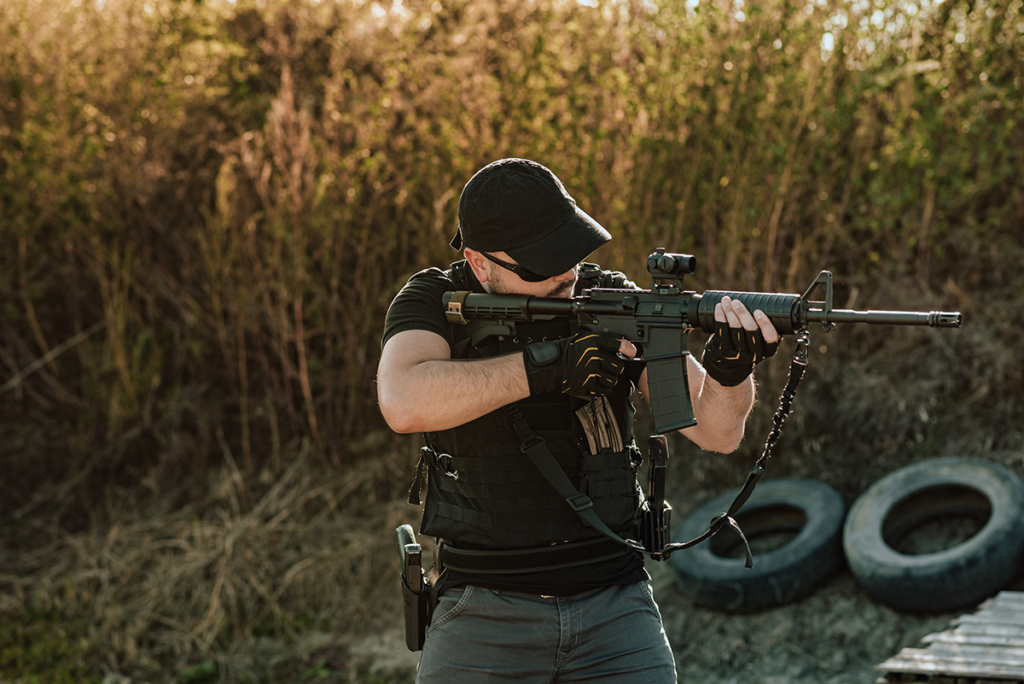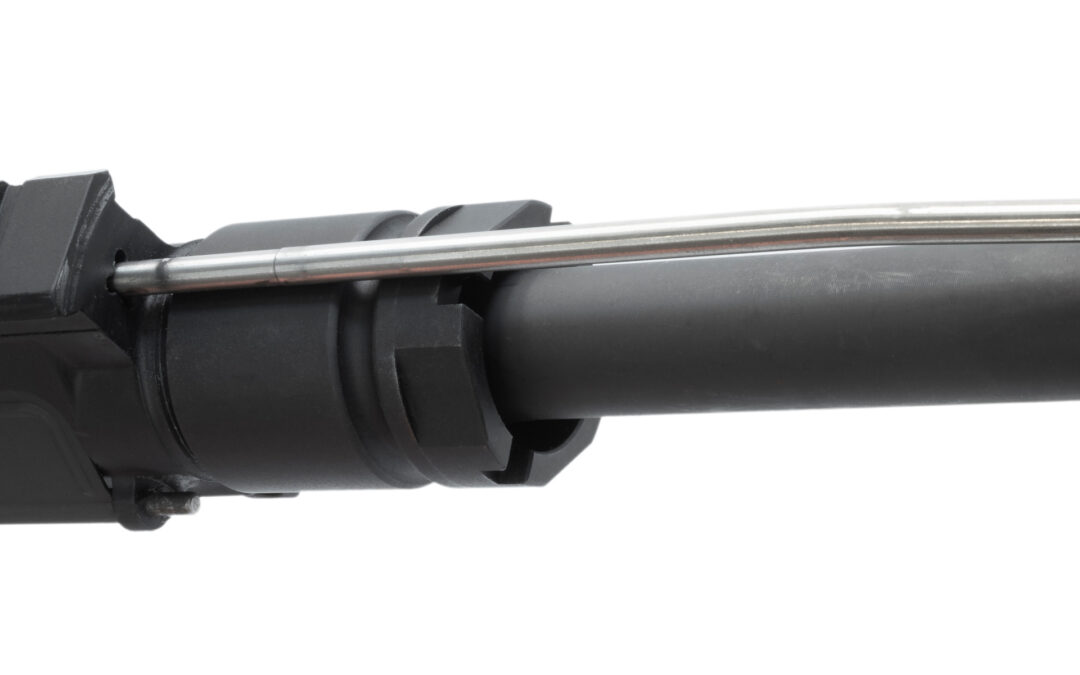Understanding the AR-15 gas system is essential for anyone interested in the firearm’s function or modifying their own rifle for specific purposes. The gas system plays a vital role in the AR-15’s operation by using expanding gases to cycle the action and load the next round.
Gas System Length: Functional Effects
One crucial aspect of the gas system is the gas tube length, which has a significant influence on the AR-15’s overall performance and usability. Four primary gas tube lengths are used in AR-15 rifles: pistol, carbine, mid-length, and rifle-length. Each comes with its own set of benefits and drawbacks. Let’s dive deep into each gas tube length’s specifics and how they impact the AR-15’s function and usage.

1. Pistol-Length Gas System
The pistol-length gas system, with a gas tube length of approximately 4 inches, is the shortest variant commonly used in the AR-15 platform. Designed originally for short barrel rifles (SBRs) or AR pistols, it places the gas port closer to the chamber, resulting in a more immediate extraction process after the shot is fired.
Effects on Performance:
The short length means the gas reaches the bolt carrier group (BCG) faster, which results in higher bolt speed. This translates to a faster cycling rate but also a more significant recoil impulse, resulting in greater felt recoil. The increased speed also means the bolt will unlock earlier, which could lead to extraction issues if the casing has not had adequate time to contract, potentially increasing the chance of malfunctions.
Recommended Use:
The pistol-length system is primarily recommended for very short barrels (generally below 10 inches). However, it can be harsh on the firearm’s internals due to the high pressures and fast bolt speeds involved. Therefore, it is advisable to consider these factors and the expected usage of the rifle before choosing a pistol-length gas system.

2. Carbine-Length Gas System
The carbine-length gas system, with a gas tube length of approximately 7 inches, is a common choice for a wide range of AR-15 rifles, particularly those with barrel lengths around 16 inches.
Effects on Performance:
This system provides a middle ground between the speed and pressure of the pistol-length and the slower, lower pressure systems of the mid-length and rifle-length. The recoil will still be somewhat pronounced, but it won’t be as severe as with a pistol-length system. The bolt speed remains high but allows slightly more time for the casing to contract before extraction, reducing the potential for malfunctions.
Recommended Use:
The carbine-length system is suitable for many general-purpose AR-15 rifles and is a popular choice for many 16-inch barrel rifles. Its high bolt speed also makes it suitable for rapid-fire applications or when using lower-powered ammunition.

Machine gun isolated over white with a clipping path
3. Mid-Length Gas System
The mid-length gas system has a gas tube length of approximately 9 inches. This system is a relatively recent addition to the AR-15 platform but has gained popularity for its enhanced performance characteristics.
Effects on Performance:
By extending the gas tube length, the mid-length system slows down the bolt speed compared to the carbine and pistol-length systems. This slower speed helps reduce the felt recoil and also allows more time for the casing to contract before extraction, reducing the risk of malfunctions. Additionally, the slower bolt speed can be easier on the rifle’s internal components, extending the overall life of the rifle.
Recommended Use:
The mid-length system is particularly suitable for 14.5 to 18-inch barrels, although it can be used with other lengths depending on the user’s specific needs. Its balance of performance characteristics makes it a versatile choice for a range of applications, including competition shooting, hunting, and self-defense.
4. Rifle-Length Gas System
The rifle-length gas system, with a gas tube length of approximately 12 inches, is the longest common gas system used in the AR-15 platform. It is often used in rifles with a barrel length of 20 inches or more.
Effects on Performance:
The rifle-length system’s long gas tube significantly slows the bolt speed, resulting in the softest recoil among the common gas systems. This slow speed also allows plenty of time for the casing to contract before extraction, further reducing the risk of malfunctions. However, the slow bolt speed may not be ideal for rapid-fire shooting or with low-powered ammunition as it could lead to short-stroking, where the bolt does not travel far enough to the rear to properly cycle the next round.
Recommended Use:
The rifle-length system is generally recommended for 20-inch and longer barrels. It provides excellent performance for precision shooting and other applications where a soft recoil and smooth operation are particularly beneficial.
User Preference and Application
In the end, the choice of gas tube length for an AR-15 rifle depends on the specific application, user preference, and the rifle’s expected use. It’s essential to understand how each length affects the firearm’s performance and usability. Whether it’s the shorter, more immediate action of the pistol-length system, the balanced performance of the mid-length system, or the soft, smooth operation of the rifle-length system, each offers unique advantages and challenges. No one-size-fits-all solution exists, and the optimal choice may involve some trial and error. By understanding these basics, you’ll be well-equipped to make an informed decision on the best gas system length for your AR-15.


